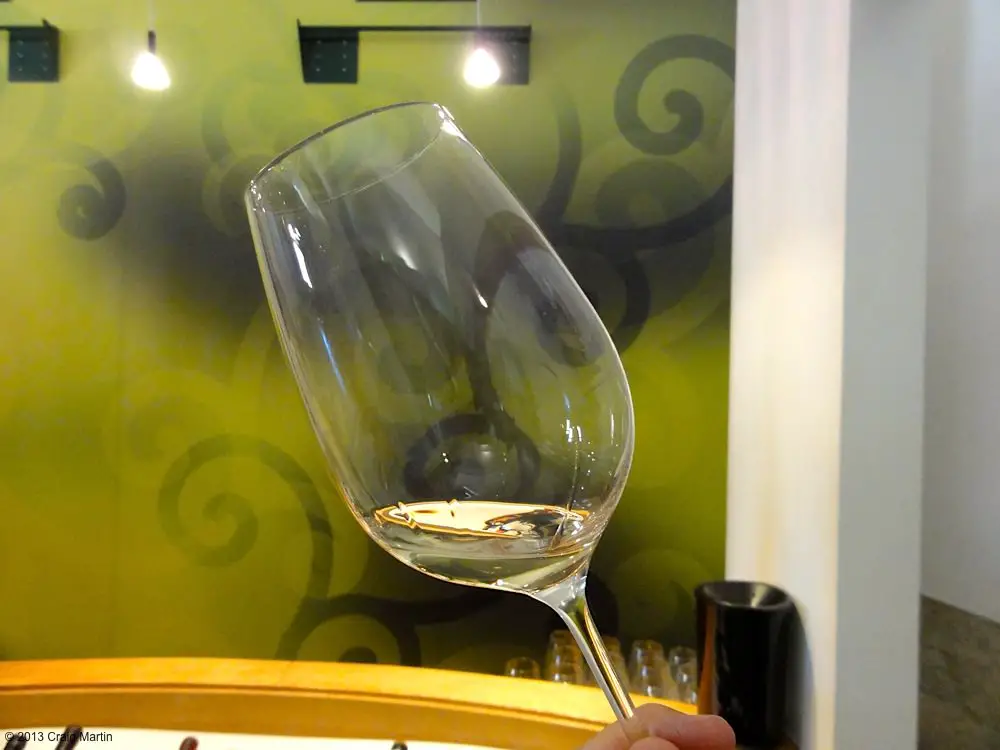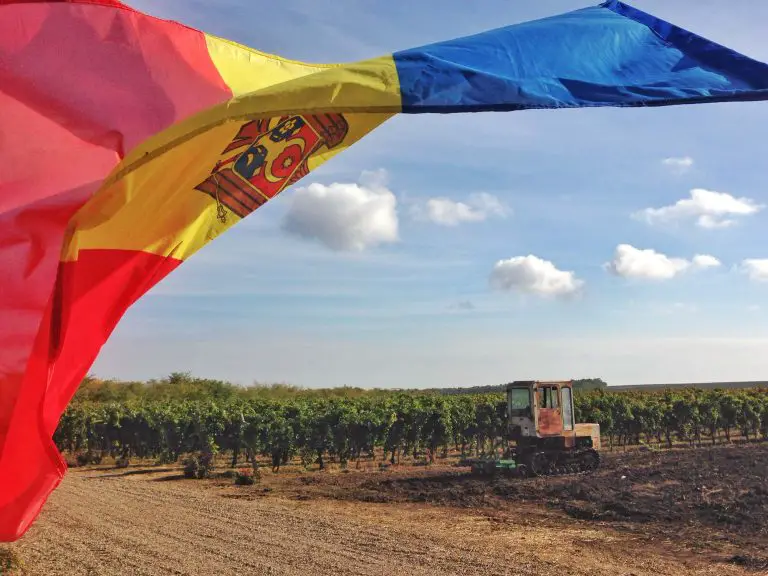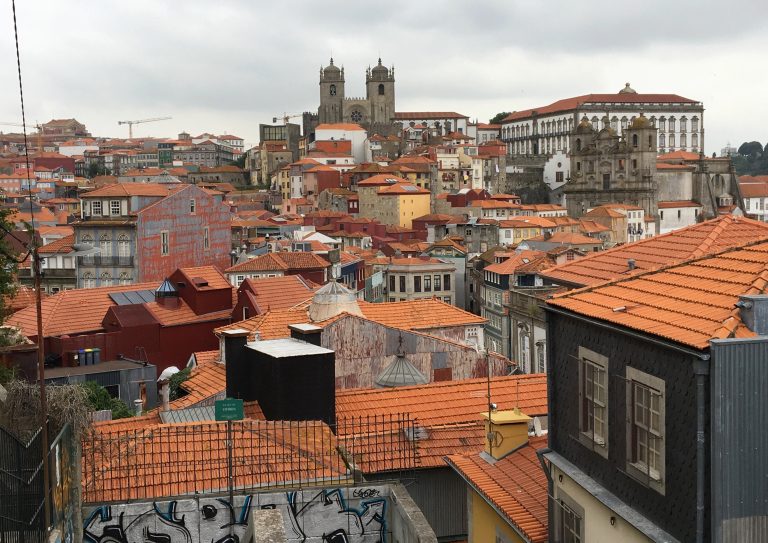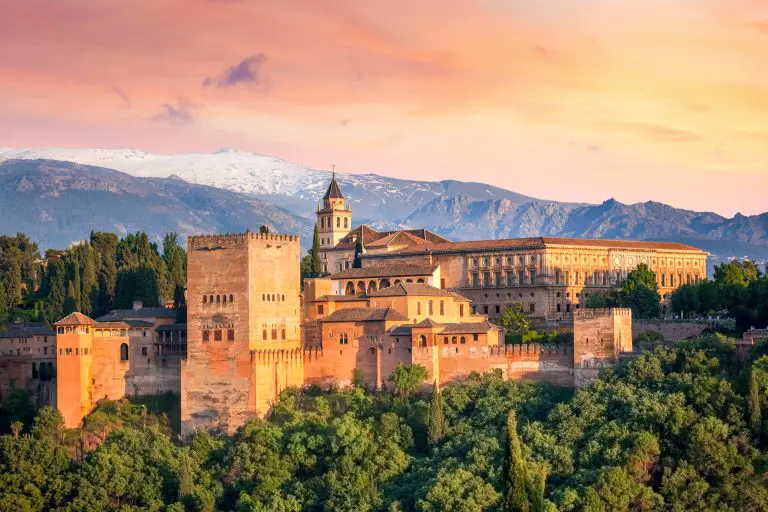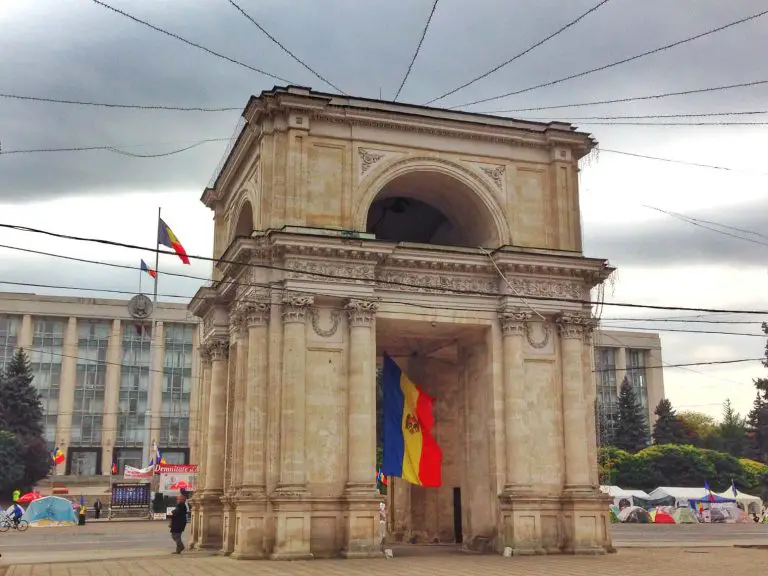Five free things to do in Lisbon
Portugal isn’t an expensive country by European standards — anywhere you can get an espresso coffee for €0.60 is all right by me! And Lisbon is particularly great for the budget traveller because there are so many things to do for free.
1. Get a view from the many viewpoints
Lisbon’s seven hills were supposedly created by a snake goddess after being abandoned by her lover Ulysses. These hills are both good and bad for the traveller — climbing them can be taxing, but the views over the city are worth the effort. Plus, there are cafés and bars at many of the viewpoints.
If you’re feeling lazy, you can take a yellow funicular (not for free unfortunately), or ride the Santa Justa historic elevator, which was inaugurated in 1902 and costs €5 round-trip. You can get the views for free from the upper platform, or pay around €2 to climb up one more storey for a better view.
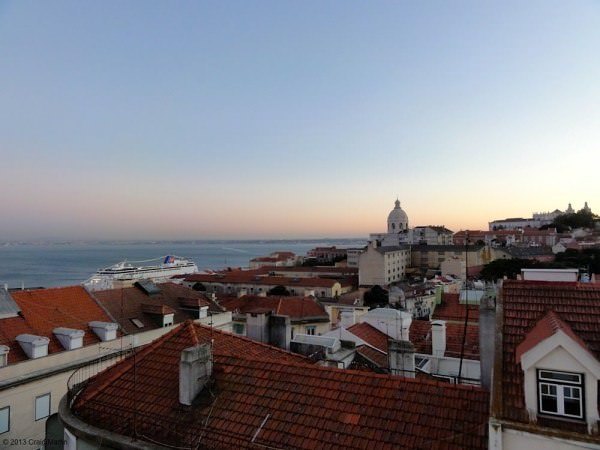
2. Taste Portugal’s wines
In the Praça do Comercio, you’ll find ViniPortugal, which aims to promote Portuguese wines. Tastings are run throughout the day, and you’ll get to try three wines from various regions of the country.

3. Visit the dead
The National Pantheon is housed in one of the most iconic buildings of the city, the church of Santa Engrácia. Some of Portugal’s most famous figures are entombed here, including legendary fado singer Amália Rodrigues. The building itself is worth a visit, but art exhibitions are also often held here, and the view from the roof is amazing. It’s free on Sundays until 2pm (like many of Lisbon’s museums), otherwise it’s €4.
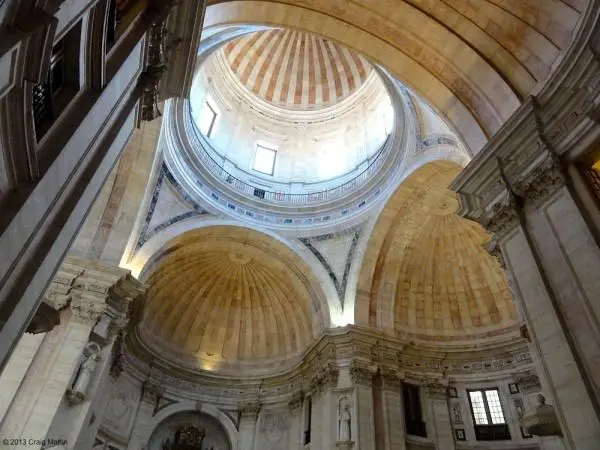
4. Get your head around fado
Fado, which was born in Lisbon, is a form of soulful acoustic music performed with two different types of guitar. The lyrics often refer to saudade, a feeling of nostalgia and sadness, and the music itself is extremely emotive. If you can, you should definitely see a fado performance — ask a local where the best place to go is, it will almost certainly be a tiny little bar where amateurs perform in the corner while customers listen in respectful silence.
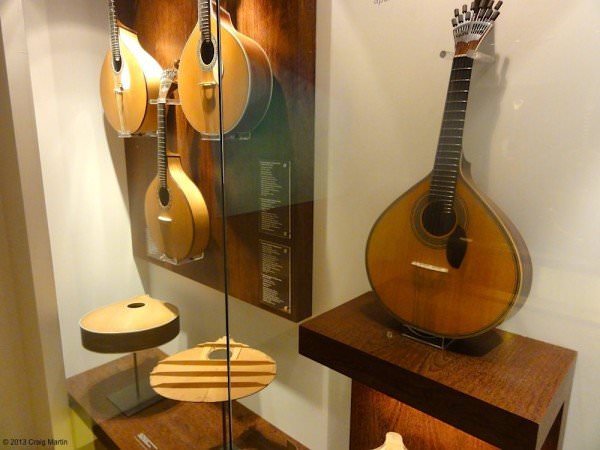
If you want to understand the history and development of fado, visit the fado museum. You’ll see photos, paintings and videos of famous performers, and can listen to recordings of fado as well. Audio guides are available in several languages, including English, and the museum is free on Sundays before 2pm.
5. Check out the markets
Every Saturday (and apparently on Tuesdays too) a flea market called Feira da Ladra is held in Campo de Santa Clara. Although some stalls are run by professionals and feature new and handmade products, most of the sellers are locals who use the market as a kind of car boot sale. Blankets are spread on the ground and covered with all sorts of second-hand goods, from clothes to toys to mechanical equipment. Now, it’s a tourist attraction in its own right, and it’s worth visiting if only to people-watch.
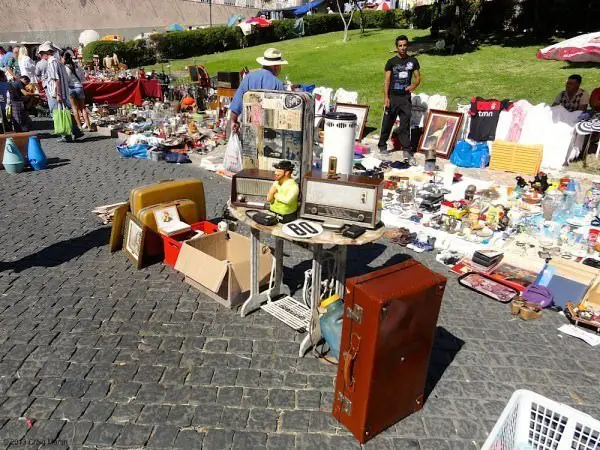
Other markets are held in other parts of the city, like the small one we stumbled upon on Sunday morning in Largo do Carmo square. This one featured beautiful, hand-made jewellery, clothes, and ornaments, and I would have bought all sorts of things if only I’d had space in my backpack to carry them.

